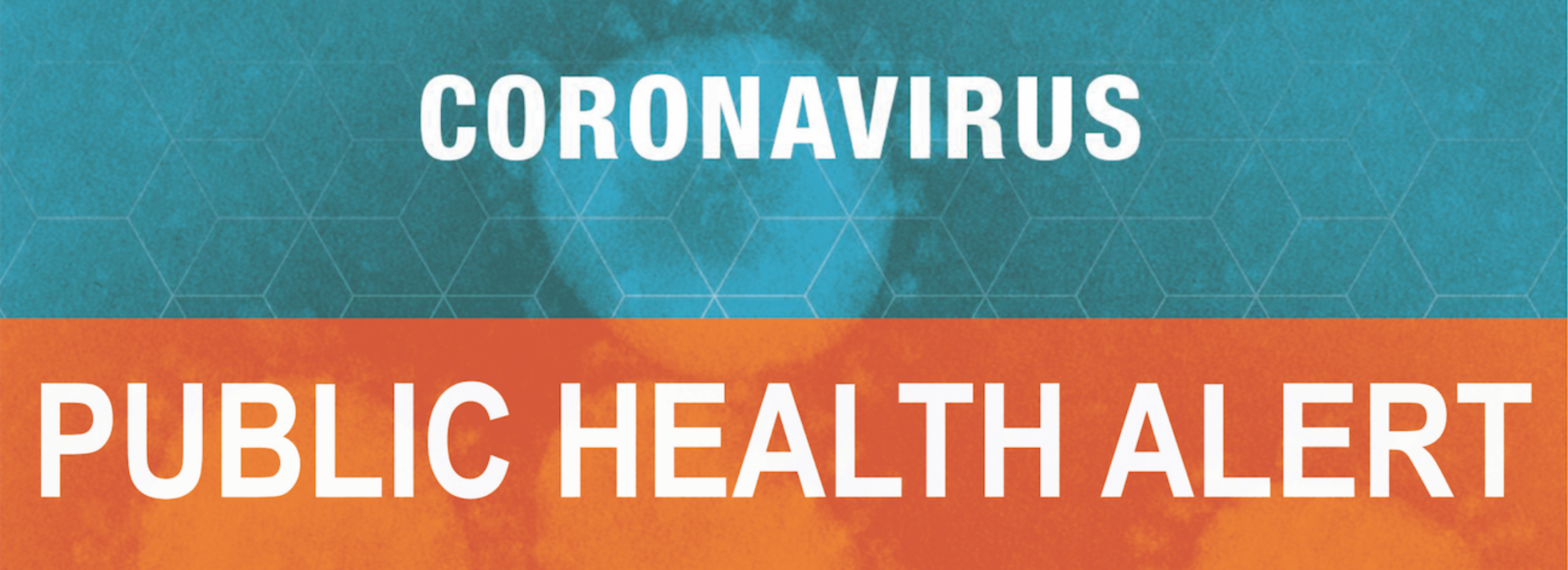
Table of Contents
Coronavirus Public Health Alert: Coronavirus 2019-nCoV is novel (new) coronavirus (named “2019-nCoV”) that was first detected in Wuhan City, Hubei Province, China and which continues to expand. At this time, Chinese health officials have reported thousands of infections with 2019-nCoV in China, with the virus reportedly spreading from person-to-person in many parts of that country.
Coronaviruses are a large family of viruses that are common in many different species of animals, including camels, cattle, cats, and bats. Rarely, animal coronaviruses can infect people and then spread between people such as with MERS and SARS.
Symptoms
Patients with confirmed 2019-nCoV infection have reportedly had mild to severe respiratory illness with symptoms of:
- fever
- cough
- shortness of breath
CDC believes at this time that symptoms of 2019-nCoV may appear in as few as 2 days or as long as 14 after exposure. This is based on what has been seen previously as the incubation period of MERS viruses.
Transmission
Transmission is thought to be via respiratory droplets produced when an infected person coughs or sneezes, similar to how influenza and other respiratory pathogens spread.
Generally, Everyday preventive actions are recommended to help prevent the spread of respiratory viruses, including:
- Wash your hands often with soap and water for at least 20 seconds. If soap and water are not available, use an alcohol-based hand sanitizer.
- Avoid touching your eyes, nose, and mouth with unwashed hands.
- Avoid close contact with people who are sick.
- Stay home when you are sick.
- Cover your cough or sneeze with a tissue, then throw the tissue in the trash.
- Clean and disinfect frequently touched objects and surfaces.
Treatment Updated 2023*
Variations of the Covid-19 rapid test are now more readily available, but in the early stages of the COVID-19 pandemic, healthcare professionals relied on PCR-based testing to identify the virus in infected individuals, and determine antigens in those who have had the disease. The tests have been extremely accurate in determining a positive or negative result, however; they can take days to return due to heavy laboratory test sample volumes. Despite their accuracy, the time it takes to return a test can be ineffective for infection control and they are costly to process due to the equipment needed.
You can visit the FDA website for up to date information about COVID vaccines.
Coronavirus Public Health Alert: Why am I hearing about COVID-19 in the news?
While most strains of the coronavirus cause a mild respiratory infection, there is a small subset of the virus that may cause more virulent infections, which have a higher mortality rate. In 2003, an outbreak of the coronavirus strain SARS-CoV caused more than 8000 infections worldwide and led to 774 deaths from SARS ( Severe Acute Respiratory Syndrome) In 2012 another virulent strain of Coronavirus was identified. This outbreak was named MERS-CoV which caused hundreds of deaths and began in Saudia Arabia. This next strain of Coronavirus began in late 2019 in Wuhan, China. This was a new strain of Coronavirus that researchers have never seen before. This strain is similar to the virulent strains that caused SARS and MERS outbreaks.
As of Feb 14 th , 2020 there have been 15 confirmed cases of COVID-19 in the U.S., and 600 under federal quarantine and testing for the virus. Find out where the virus has been confirmed, as well as learn about any new cases on the CDC website
Find an Urgent Care Near You
Our Urgent Care Centers are open 7 days a week with convenient hours. In addition to COVID testing, we are still providing urgent medical care to our community on a regular basis. Our center is clean, safe and nationally accredited by the UCA.
Authors:
Anthony R. Ruvo, MD, FACEP
Edward Orlando, MD
Rupal Bhingradia, MD FAAFP
Jessica Levatino, MD
Excel Urgent Care & Affiliates
Author: Excel Urgent Care
©2023 All Rights Reserved

